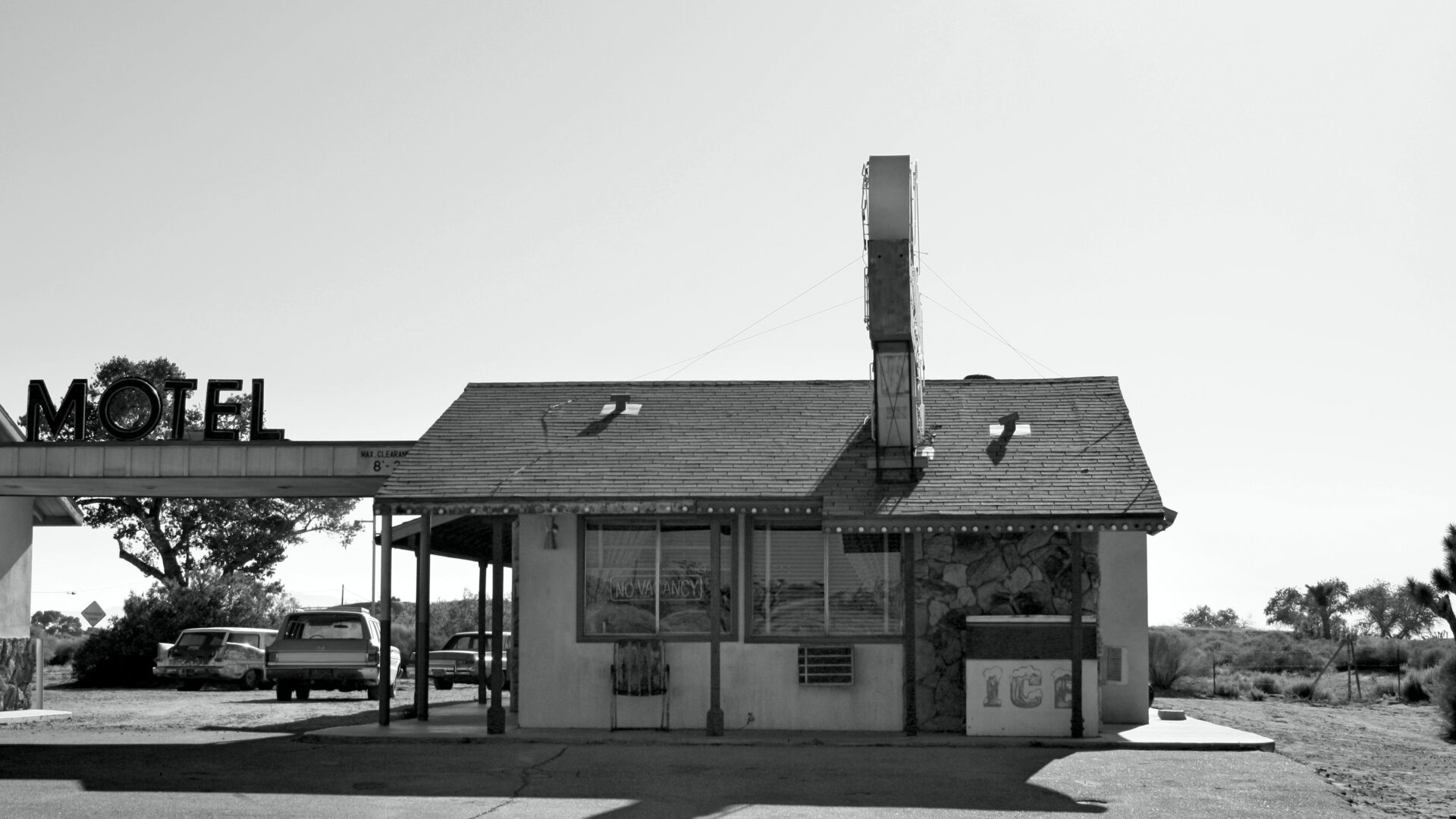
“Don’t let the sun go down on you in this town” was a phrase often posted in towns unwelcoming to Black people and non-whites. These places, known as “sundown towns,” allowed Black people and non-whites to work during the day but mandated they leave town by sundown. Through discriminatory laws, harassment, and violence, white people pushed Black people out. Sundown towns are a lesser-known part of American history, yet they continue to impact the Black experience in the country.
After the Emancipation Proclamation freed slaves and the Civil War ended in 1865, Black people in the South had more mobility. While many could not leave the South, those who could leave headed to the Midwest and the North for better opportunities, leading to what would later be known as the Great Migration.
Unlike the South, which had established “Jim Crow” laws that subjugated Black people, the Midwest did not have such institutional discriminatory laws. However, white people, unhappy with the increasing number of Black residents in their towns, established sundown towns across the country. A vivid depiction of this forced exodus is portrayed in a scene from HBO’s TV show Lovecraft Country, where three protagonists are harassed and chased out of a town by white police officers.
Race riots were another common method white people used to drive Black people out of their towns. White mobs would attack Black neighborhoods, destroying homes and businesses, looting belongings, and even killing residents, leaving survival only possible by fleeing. One infamous example is the Tulsa Race Massacre, during which white individuals burned down and destroyed the wealthiest Black community in the country at that time. They destroyed over 600 businesses, with no consequences for those who instigated the violence. The racism that Black people sought to escape in the South was also present in the North and Midwest.
Recognizing the severe consequences of being in a sundown town after dark, author Victor Hugo wrote The Negro Motorist Green Book. This guide provided Black travelers with information on safe places to receive services and accommodations while avoiding areas where their safety was at risk. The book proved invaluable to thousands of Black travelers, enabling them to navigate the country as safely as possible. This experience of navigating hostile environments is not unique to America but is shared by Black travelers in other parts of the world.
The legacy of sundown towns resulted in predominantly white communities with minimal to no Black or other non-white residents. Due to a lack of education on this history, many white individuals in these towns attributed the racial homogeneity to personal choice or a perceived lack of opportunities or interest for Black people. Seeking to challenge these misconceptions, in 2005, James Loewen, author of Lies My Teacher Told Me, published Sundown Towns: A Hidden Dimension of American Racism. This groundbreaking book documents the history of sundown towns, exposing the tactics used to expel Black residents. Loewen’s research identifies hundreds of sundown towns established nationwide and sheds light on their discriminatory practices. You can find a list of sundown towns in each state here.
Loewen also detailed the lingering effects of sundown towns, describing what he termed “second-generation sundown towns.” In these communities, an overwhelmingly white police force perpetuates discrimination against Black residents who have since settled there. The enduring legacy of these towns, where law enforcement often turned a blind eye to violence against Black individuals, contributes to the deep-seated mistrust that many Black people harbor toward law enforcement.
While explicit signs mandating Black people to leave towns are no longer visible, racist attitudes persist among law enforcement and white individuals. Dubbed “Karens,” there are videos of white women questioning or reporting Black people simply being present in public spaces like parks, coffee shops, or even their neighborhoods. The death of Trayvon Martin exemplifies this, as he was deemed “suspicious” by George Zimmerman while walking in his neighborhood, reinforcing the notion that Black people are unwelcome in certain areas.
This constant scrutiny has made Black people hyper-vigilant about their surroundings, especially while traveling. One Black traveler mentioned in a BuzzFeed article intentionally stops in larger cities to avoid conflicts in areas with few Black residents. Hiking is another activity that poses a challenge for Black people because getting lost or venturing into these natural areas can be dangerous.
Three people in the Guardian article recount negative experiences they faced while hiking. One person described an immense fear he felt when his white friend mentioned hiking because of the stories he’d been told about Black people going missing in the woods.
The stories of sundown towns and other lesser-known aspects of Black history are crucial as they continue to influence how Black people navigate the world and where they live. The remnants of sundown towns persist in places that remain inaccessible for Black people to explore. While some may view Black people being extremely vigilant as excessive, it stems from an understanding of the past, where Black individuals faced severe restrictions on their movement and safety in certain areas.